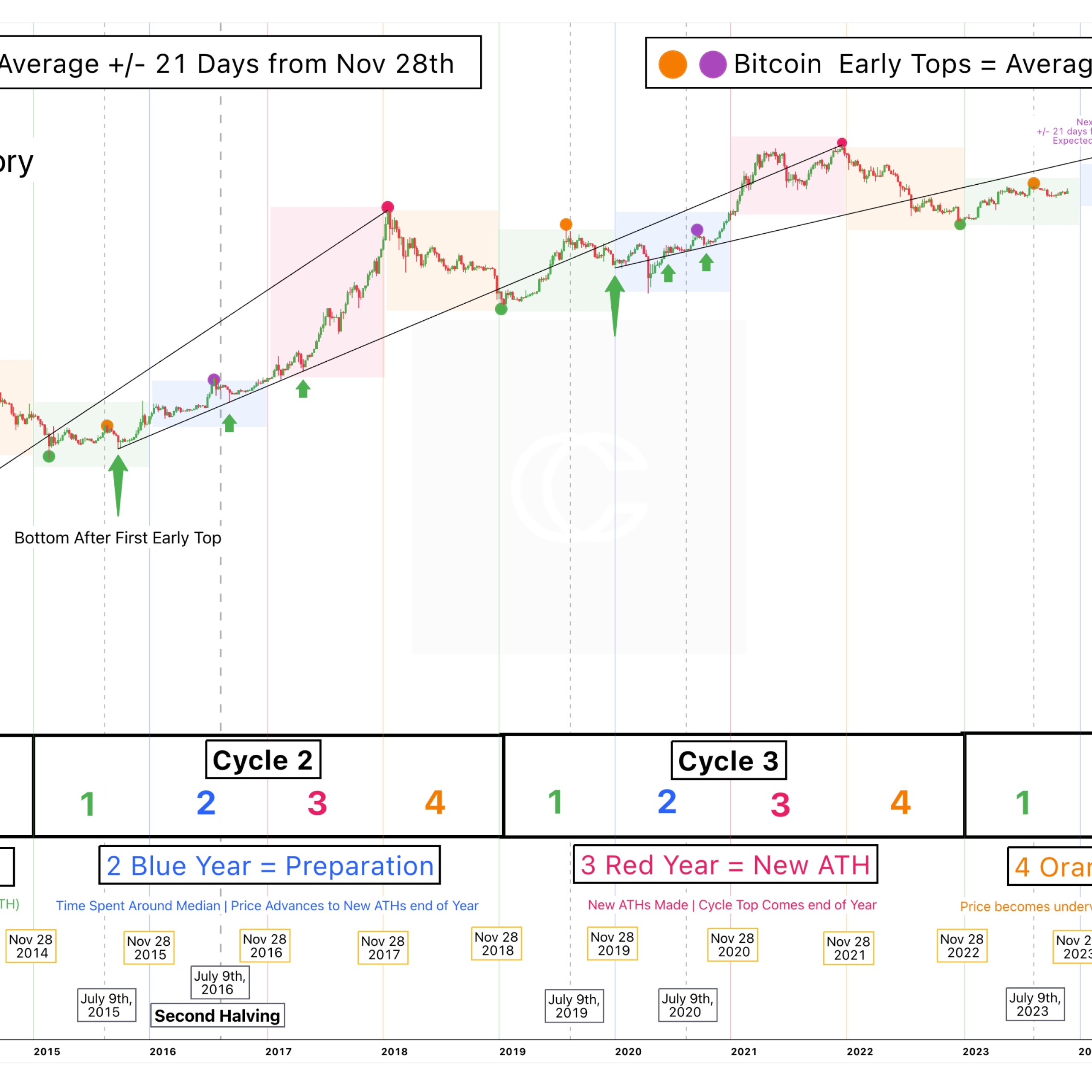Bitcoin surged to $64,500 on May 4, with out-of-hours trading pushing it to new local highs of $64,522 on Bitstamp. This marked a significant recovery for the cryptocurrency, hitting its peak for May.
Daily Market Movements
Data from TradingView confirmed the spike, which rode on positive U.S. employment data and signals of crypto market recovery, notably the first cash inflows into the Grayscale Bitcoin Trust (GBTC) in almost three months. Currently, Bitcoin’s price is up 5% for the month, starkly contrasting with a 15% drop experienced in April, according to CoinGlass.
On Twitter, popular trader Daan Crypto Trades shared, “Had a great push into the market close yesterday.” He added, “I like how the charts are on the higher timeframes, but I’ll be patient and won’t start buying just because it’s green this weekend. We’ll see how it goes.”
This weekend’s market did show some unexpected moves. There was a notable difference between the Bitcoin prices on spot markets and the closing prices of Bitcoin futures by CME Group, revealing a “gap” that tends to close later.

Market Vulnerabilities
However, some market watchers are skeptical about the rally’s strength, pointing out the lack of traditional finance (TradFi) involvement. Keith Alan from Material Indicators commented on the fragility of the market due to thin liquidity in the order books. “We need more bid liquidity to sustain this rally,” he said, warning that “it wouldn’t take much to trigger a sell-off through this thin liquidity.”
Credible Crypto, another prominent voice, noted that the market setup might favor short sellers under certain conditions. “If we stay below the main resistance around $69,000, going short could be a good strategy,” he mentioned in a post, sharing a chart that predicted two potential paths for Bitcoin’s price.
“The ideal path is we keep the gains we’ve made and push towards major resistance. That lets me set up shorts for several altcoins. The less ideal path is we drop these gains early, and I miss the short zones I’m watching,” he explained.
Credible Crypto also pointed out that buying opportunities could arise if Bitcoin falls below $56,000, indicating a strategy to capitalize on potential dips.
Institutional Engagement in Bitcoin
The ongoing submissions of 13F filings are shedding light on institutional interest in Bitcoin ETFs. Institutions managing over $100 million must disclose their quarterly holdings, and these filings have shown varied levels of engagement.
BNY Mellon reported owning nearly 20,000 shares of the IBIT and about 7,000 shares of GBTC. In contrast, BNP Paribas holds around 1,000 shares of IBIT, indicating a more cautious stance.
More aggressive positions are seen in smaller firms. Pittsburgh-based Quattro Advisors owns 468,200 shares of BlackRock’s ETF, while Legacy Wealth Management disclosed ownership of over 350,000 shares of Fidelity’s ETF. A significant stakeholder is Yong Rong, holding over a million shares of BlackRock’s ETF, making it a major part of their portfolio.
Bloomberg’s Eric Balchunas highlighted that Yong Rong is among several Hong Kong asset managers heavily investing in Bitcoin ETFs, including Fidelity, Grayscale, and Bitwise, alongside IBIT.





